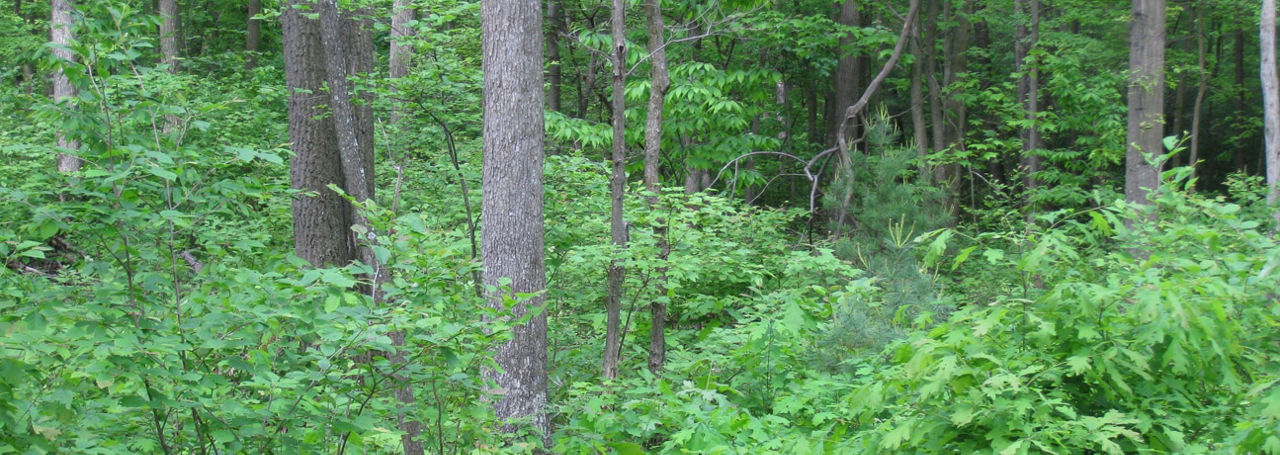More than 25,000 species of known organisms—white-tailed deer, ladyslippers, rainbow trout, slugs, eastern hemlocks, black bears, timber rattlesnakes, red-tailed hawks, and many more—are found in Pennsylvania.
How we use energy is determining our environmental future.
With 60 percent of the state covered with trees, Pennsylvania’s forests play a major role in the state’s economy.
They provide enormous recreation, aesthetic, and environmental benefits to citizens and visitors.
Pennsylvania also has more than 83,000 miles of rivers and streams.

Climate Change
Climate Change
Geology
Geology
Sustainable Practices
Sustainable Practices
Forests and Trees
Forests and Trees
Wild Plants
Wild Plants
Wildlife and Biodiversity
Wildlife and Biodiversity
Water
Water
Apply to Conduct Conservation Research in State Parks and Forests
You can request to do research on state park and forest land. Complete the Application to Conduct Research in Pennsylvania State Parks and Forest to get started.
Apply to Conduct Conservation Research in State Parks and Forests
Become a Department of Conservation and Natural Resources Conservation Volunteer
There are many ways to get involved with DCNR to help support, maintain, and care for our natural resources. If you'd like to volunteer, you can start by filling out our online application.
Become a Department of Conservation and Natural Resources Conservation Volunteer
